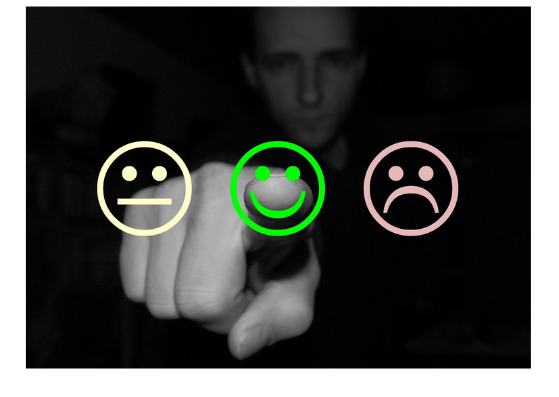Today is an Election Day. On the ticket, two candidates, the incumbent, YOU; stuck in limbo, concerning your Health, Career, Social Life and Finances. The challenger, also YOU, but a better version. The person you know you could be with just a little effort. Who will you vote for?
It should be no contest, who doesn’t want to have better health, interesting hobbies, close friends and even more money? Well for most people, it isn’t even close, the challenger gets trounced time and time again. If the election seems rigged that’s because it is.

Why?
Three possible reasons
1. Those of us who can, live in an enclosure of our own making.
Comfort is our prison and even when we are uncomfortable with ourselves we misjudge the amount of effort to change.
2. The belief in the Grand Gesture.
Ever had the feeling that you won’t even try to improve until you could fix the whole problem? For instance, you’ll get in shape just as soon as you buy new tennis shoes, new workout clothes, get a gym membership and bucket loads of will power.
3. Confusion on What to Fix First.
What if there is more than one problem that needs fixing to make a better you. You could fix each problem individually but who has the time?
How to Vote
If elections are won or lost on votes, and each vote counts then each day of your life is a day you vote. A ‘vote’ is any action, habit or behaviour that has an effect on your well-being.
For instance, couch-potatoing with ice-cream is a vote for a sicker, sadder you. A daily yoga routine is a vote for a healthier you. “But, but I want change to be easy!” Don’t we all, but that is highly unlikely. However, after reading “Atomic Habits” and “The Checklist Manifesto” I have a solution.
Solutions
A. Sit down and identify your ‘anchor habits’. An anchor can keep you from being tossed about on the tempestuous seas of life or a weight around your neck dragging you down. An anchor habit is one that has an effect on every other aspect of your life. In my case, not going to sleep before midnight, means that I will be unable to focus throughout the rest of the workday, which also means my willpower is shot and I’ll be snacking uncontrollably.
B. Once you’ve identified your anchors. Write out what needs to be done. Do they need enhancement or deletion? If they should be enhanced then make them the starting point easy and visible, for instance, to go jogging, put your running shoes where you can clearly see and access them, not in the back of the closet. If the habit needs to be deleted, like digital entertainment addiction, make it hard and invisible, put an outlet timer on the TV and leave your smartphone in a drawer or another room.
C. Make a list of what you want to work on. The more things on the list, the less likely that any ONE will become a habit that sticks permanently, so keep it short.
D. Create a Habit Tracker. (See the RESOURCES section below) I use the Seinfeld Method. I print out a monthly calendar, and on each day that I complete the behaviour or action, I mark an ‘X’, which is strangely rewarding. Yes, it is simple and effective. I have not dropped any of my new year’s resolutions yet and I in my best months I’ve had an 87% success rate in actually completing the action of going into my workshop or working on my writing.
There you have it. Be warned, the whole process after your initial start will be boring, but the people who can accept the boredom of routine are more likely to be successful across a number of areas because each time they lock in a new good habit, they can move onto other areas for improvement.
Good luck!
Speak Your Mind